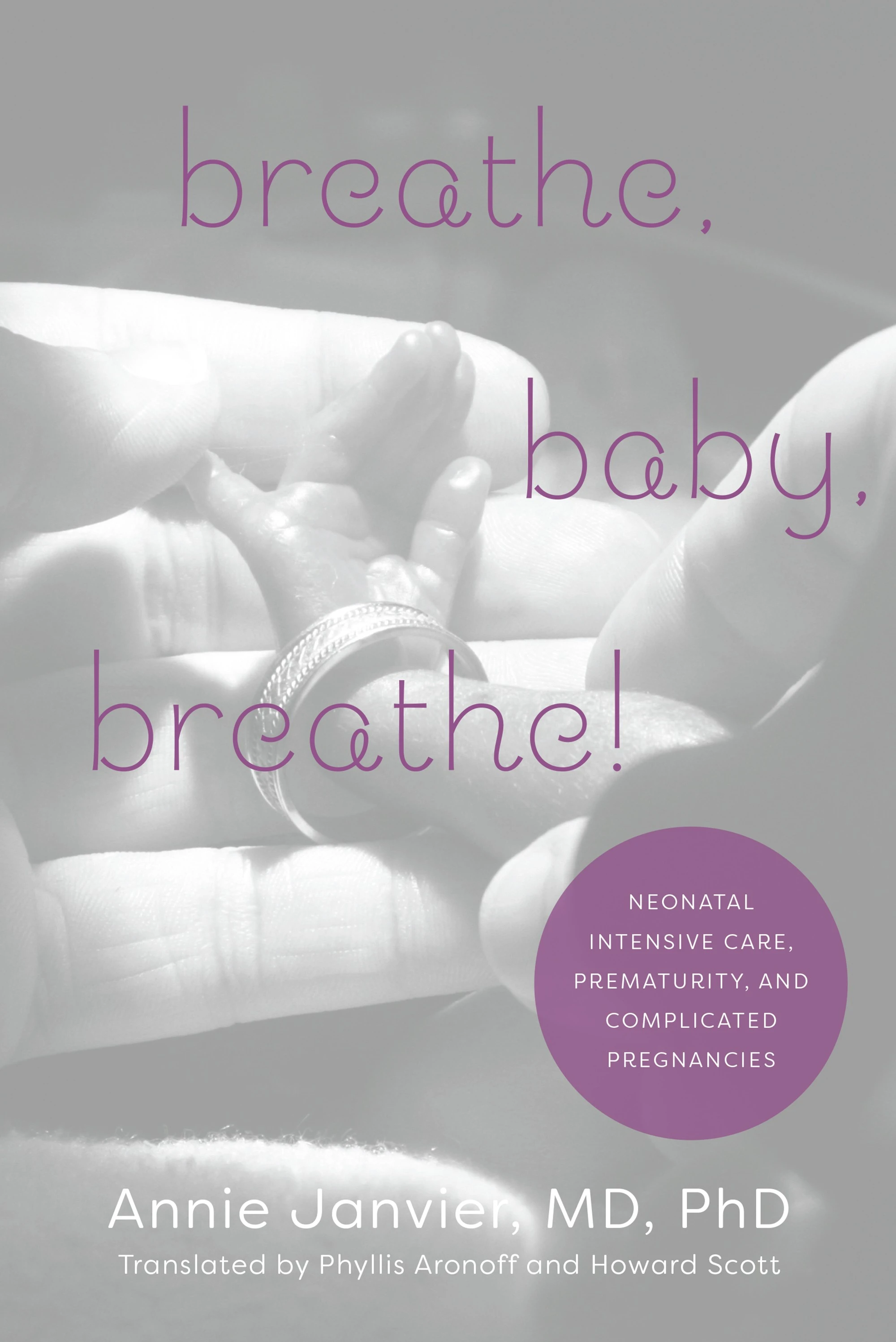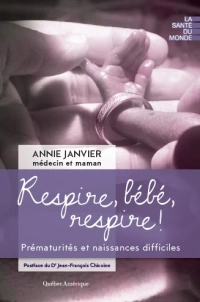Clinical Practice Guidelines are important for improving quality of care and uniformity of practice.
Or at least they should be. There have been studies of the impact of guidelines, and it is variable, and sometimes negligible. Why is that? Why do physicians and the families they treat not follow learned statements about best practice?
The barriers are many, and have been reviewed and studied by other experts but they include the following as shown in this study. :
Lack of awareness/familiarity
Lack of agreement with guideline recommendation (mostly related to a lack of applicability )
Lack of self-efficacy (lack of belief that one is capable of adequately performing the recommendation in practice)
Lack of outcome expectancy
Inertia of previous practice/lack of motivation
Patients’ preferences do not match with the guideline recommendation.
Patient ability or behaviour perceived as a barrier
Recommendations which are unclear or confusing, not covering all relevant information, or not being up to date, or too complex or not easy to use in practice
Environmental factors, lack of time, resources or collaboration
There was a recent review in JAMA discussing some of these issues and how to improve the situation.
One of the things they conclude is
to create CPGs that the public trusts, that clinicians and patients can readily implement, and for which compliance can be easily measured, the CPG development process should continue to be led by specialty societies but with a new model that integrates other stakeholders, including patients.
And this is where I am (finally) getting to my main point. CPG development must include input from patients, and of course in neonatology that means parents. CPGs which don’t include parents in their development may well fail, and maybe should fail. I think this is most critical when we are discussing life and death ethical issues. Not including parents in the process of developing such guidelines is a major mistake. I don’t think we have the right to develop and issue such guidelines without including parents, parent group representatives, the general public, former preterm infants and so on.
Its probably a bit less critical when you are developing a guideline for a specific technical issue, but even there parent values may turn out to be different to ours.
I was pleased to be invited with Annie a couple of years ago to participate in a Joint Workshop of the National Institute of Child Health and Human Development, Society for Maternal-Fetal Medicine, American Academy of Pediatrics, and American College of Obstetricians and Gynecologists, which produced some useful publications. (Especially mine) But I was surprised and very disappointed to find that there were no parent representatives there. (Apart from Annie and me!)
4 years ago the Institute of Medicine produced a report about making CPGs that people will use. They make some important recommendations, a few of which I copy below.
STANDARD 3
Guideline development group composition
3.1 The GDG should be multidisciplinary and balanced, comprising a variety of methodological experts and clinicians, and populations expected to be affected by the CPG.
3.2 Patient and public involvement should be facilitated by including (at least at the time of clinical question formulation and draft CPG review) a current or former patient and a patient advocate or patient/consumer organization representative in the GDG.
3.3 Strategies to increase effective participation of patient and consumer representatives, including training in appraisal of evidence, should be adopted by GDGs. –
7.1 External reviewers should comprise a full spectrum of relevant stakeholders, including scientific and clinical experts, organizations (e.g., health care, specialty societies), agencies (e.g., federal government), patients, and representatives of the public.
7.4 A draft of the CPG at the external review stage or immediately following it (i.e., prior to the final draft) should be made available to the general public for comment. Reasonable notice of impending publication should be provided to interested public stakeholders.
Guidelines for clinical practice, and especially those discussing whether or not babies should have a chance to survive or not, MUST include parents and representatives of other stakeholder groups.
In my next post it will become clear why I decided to talk about this now.









I agree that partnership with parents is a key goal in designing and implementing RCTs and Clinical Practice Guidelines. Parents have tremendous social connectivity as shown by a recent example shared by Melinda Cruz, Chief Executive Officer of Miracle Babies Foundation, a national parent support group in Australia and a parent of three children cared for in a neonatal unit.
A mother with vasa praevia, which affects about one in 5,000 pregnancies, sought contact with similar mothers through Melinda, who posted the mother’s query on Facebook. The same day, 7000 people viewed it and 10 women shared their experience of this condition. Social connectivity like this could transform the landscape by building stronger partnerships between professionals and the public, enhancing awareness and support for large obstetric and neonatal RCTs, for Clinical Practice Guidelines arising from them, and for implementing their conclusions.
William Tarnow-Mordi
Pingback: Also, still no parents! | Neonatal Research